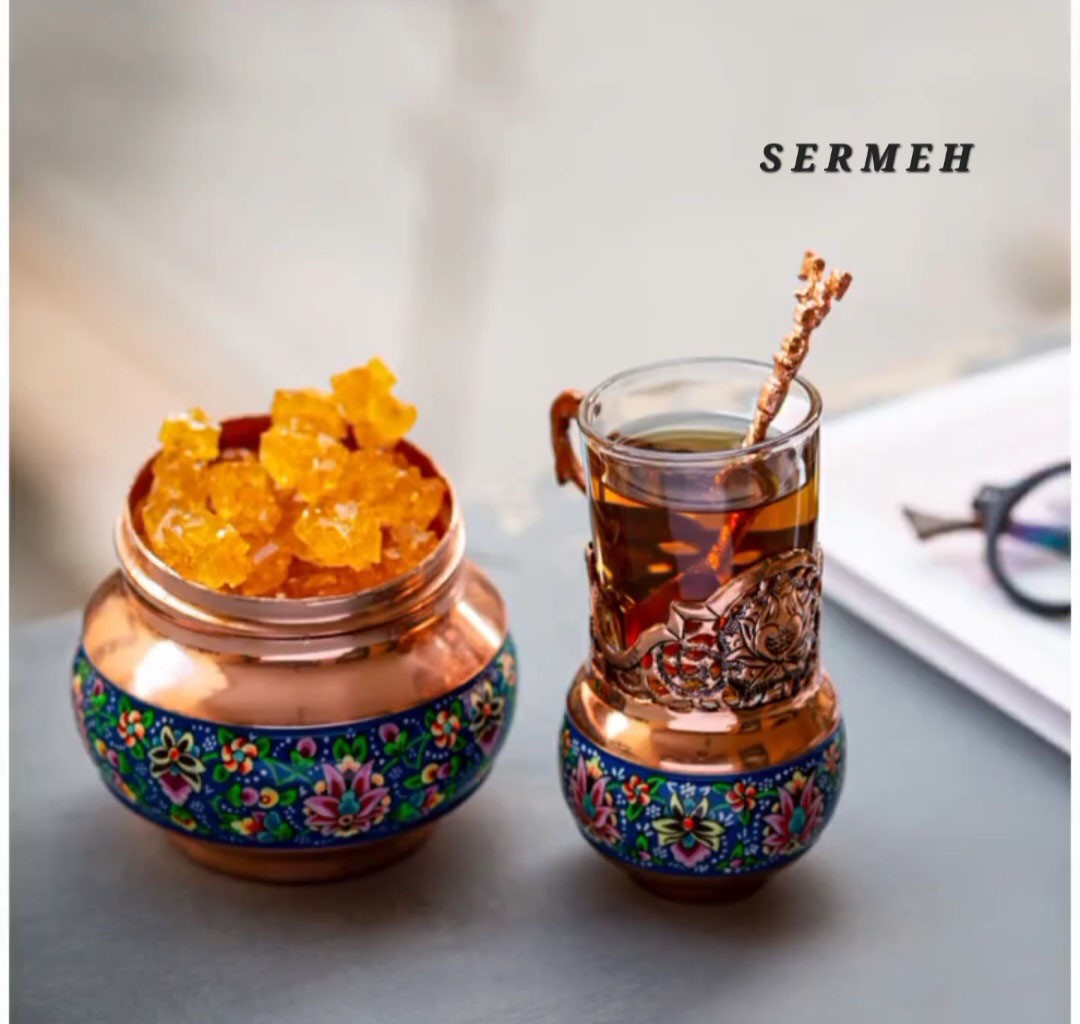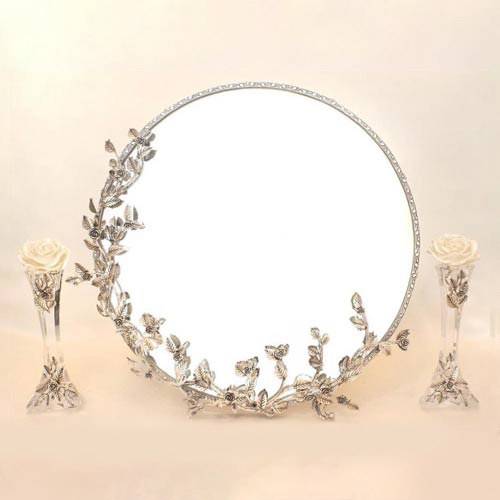Weaving and textiles are among the most native Iranian arts and have a long history of thousands of years. From the famous carpet of the Achaemenid era, Pazirak, to the luxurious fabrics of the Sassanid era or the Seljuk era weaves and all kinds of incomparable fabrics and carpets of the Safavid era, which is the shining peak and the golden age of textile and weaving in Iran, all of them show the valuable and ancient life and the prevalence of this art in the life of Iranians.
Ziloo is a cool woven yarn that does not endanger the health of the weaver and the consumer, and with its soft and beautiful colours, it reflects peace in homes. Ziloo, the carpet of the desert plains, has a simple and durable appearance that brings the freshness of the desert sands to people on summer nights. It removes the sand and fatigue of the day from them. Because it is very similar to mats in pattern and texture, it is an evolved form of mat weaving and its weavers are inspired by this industry.
Ziloo weaving is one of the valuable arts that shows the precision and delicate and beautiful look of Iranians. Ziloo is a carpet that is used for summer because it is woven from yarn and creates a pleasant cool feeling in summer. Its weft is like a carpet made of yarn, and in short, it is wool in a carpet, but it is cotton in a carpet. Therefore, it is very suitable for use in the summer season.
Yazd province has always been one of the important centers of weaving, and along with its unique beautiful and eye-catching art and architecture, it has also shone in the weaving of woven and non-woven fabrics such as carpet weaving, hair weaving, zari weaving, shawl weaving, cashmere, velvet, and especially ziloo. Ziloo is a simple and unpretentious, durable, cool and hygienic foundation. Its weave is made of cotton. It is boundless and has meaningful purity. It is simple and dignified; Because it has a limited variety of colors and its arrays are nothing more than simple geometric patterns. Ziloo motifs have a deep connection with people’s culture. Ziloo is also one of these precious arts that shows the precision and delicate and beautiful look of Iranians.
It is one of the most suitable and durable floor coverings, especially for desert areas, which is considered one of the oldest hand-woven products in Yazd and dates back to before Islam.
Cotton is the primary material of Ziloo. Today, spinning mills with modern equipment produce and supply the yarn needed by the weavers. In the past, housewives spun yarn.
In the past, colours were usually made from varnish and walnut skin, but the colours used today are completely chemical. In the past, cotton known as Malla, whose colour was yellow, was planted and used in Zilubafi with the same natural colour.
In terms of colour combination, Ziloo has various types, as follows: blue and white, black and white, Mele and white, Mele and blue, red and white, blue and flower, green and orange, turquoise and purple, pink and white.
Ziloobafi map is divided into two categories:
single role zioos
Sajjadei Ziloos
The background pattern in Ziloo Tek Naksh is “Baftak” and “Zelfak” respectively, which may be the reason for Ziloo’s texture with these motifs (especially Baftak pattern) is the simplicity of its texture compared to other patterns. A unique pattern can be seen among the single-role ziloos. There must be a dedication written in the old ziloos; But new ziloos are sometimes without inscriptions and only have patterns.
Guide to buying quality Ziloo
The quality of a ziloo is in the way it is woven, the amount of density, the variety of patterns, the thread used in the ziloo and the quality of its colour. If the density of Ziloo is low, it wears out sooner and its durability is also low, But the high density of Ziloo increases its resistance to erosion.
Ziloos dyed with natural colours have a high resistance to washing and also have a higher quality. Another point in buying Ziloo is its texture and strength, which depends on the type of thread used in it.
Ziloo maintenance and washing
Due to the use of natural fibres while being soft, Ziloo is considered a light carpet, with the ability to wash continuously and warm against the cold, and it is even more durable than carpet. Ziloo is very easy to wash and does not differ with cold or hot water. Even boiling water is ineffective on Ziloo. Alkaline compounds such as washing powders and soap do not have a destructive effect on Ziloo.


























